On the spectrum of brand corruption
Fashion magazines often take a lot of flak for the closeness of their relationships with the brands that appear on their pages. That tends to be reduced to the shorthand of brand involvement in editorial = bad, but of course the reality is more complicated than that. It can be done well or it can be done badly, or more often somewhere in between.
And it’s not simply the case that some magazines get it right and some get it wrong – the summer issue of Hypebeast has three examples of big brand involvement in its pages, and each of them represents a different point on the spectrum of brand corruption.
The legacy issue is dedicated to sport’s influence on our culture, and kicks off with one Adidas and two Nike stories, all including heavy brand involvement.
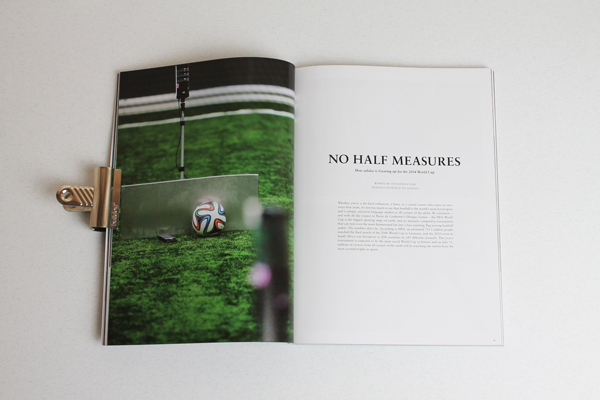
First up is the Adidas story, which focuses on the brand’s preparations for the World Cup. We see lots of technical shots, including a strange Wallace & Gromit-style machine presumably designed to simulate ball kicking, and pictures of Adidas equipment being lovingly cradled.
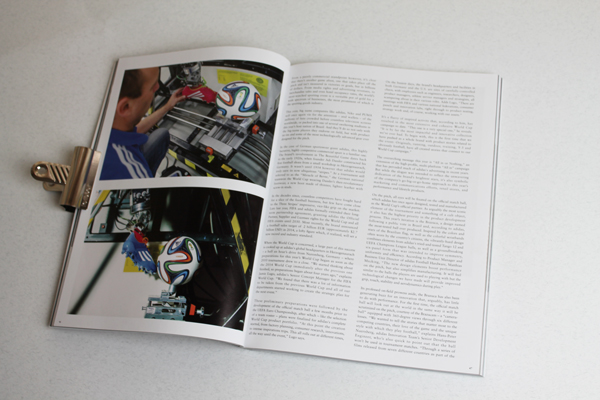
The text matches the visual tone, with brand-fed insights into the construction of the much-discussed Brazuca match ball, as well as bizarre side notes, such as the fact that the ball had its own Twitter account, which took less than a week to rack up its first 100,000 followers.
It’s all very warmly done, but it’s also interesting – there’s nothing challenging here, but Adidas has had a long relationship with FIFA and the World Cup, and there’s a story to be told without rocking the PR boat.
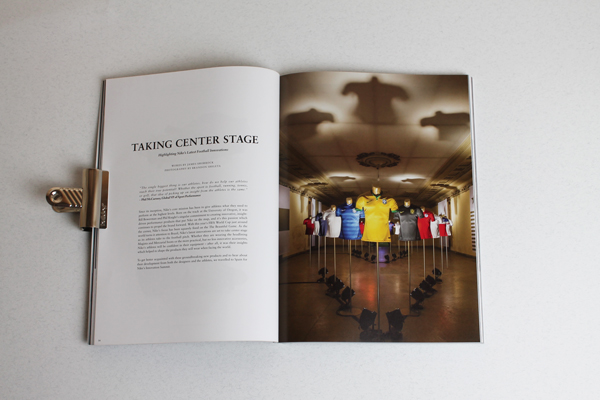
That sets it in sharp contrast to the next story, a picture-led piece on Nike’s football innovations. Again, there’s lots of brand involvement, but this time everything seems slicker and more distant. The pictures emphasise Nike’s superior technology (no ball kicking machines here) and the text is reduced to quotes from Nike’s footballing and design megastars.
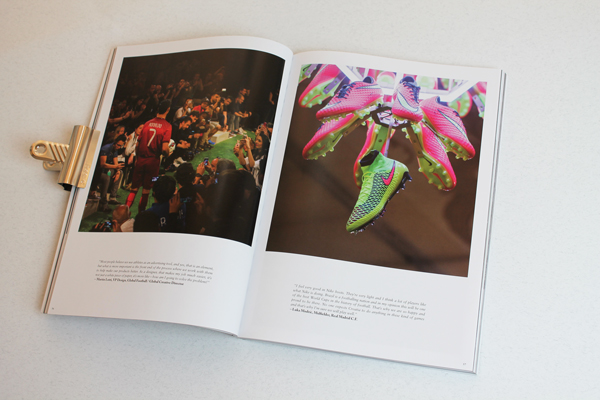
Whereas the Adidas story emphasises the role big brands play in our sporting lives, the Nike piece looks like an excuse for squeezing in some nice photography and falls chronically short of actually telling Nike’s story of innovation in sports technology.
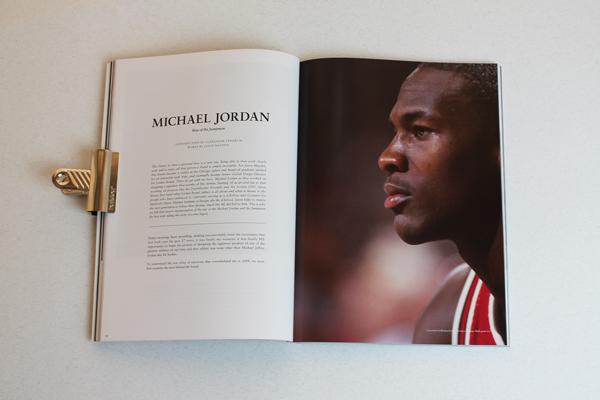
But that’s all blown away by the second Nike piece. A first-hand account of the legendary Jordan brand, written by one of the men who helped to craft it, this is the issue’s main event and it’s a masterclass in what’s possible when working with a brand.
Jason Mayden was a Jordan fan who rose to become senior global design director for the Jordan brand, working face to face with his hero on some of the most famous Air Jordan products, and he begins his story with the initial “Palms sweating, heart pounding” excitement of working with one of the greatest sportsmen of all time.
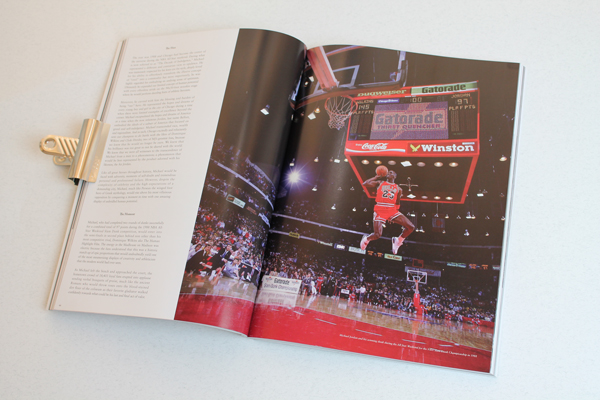
The pictures capture Jordan mid-dunk, frozen in time, or zoom in on the products that carry his name. But it’s all about him. And so is Mayden’s text, which paints Jordan as a hero from antiquity, comparing him to a Roman gladiator, or to Perseus with his winged foot, before concluding that he was, in fact, “a demi-god, a perfect combination of human intellect and god-like physical prowess.”
It’s gloriously overblown – exactly the sort of passion you’d expect from a true fan, and all the more exciting for it. Sport is full of this sort of excess and brands own a large part of it. These are the stories that transcend generations and define culture; they actually benefit from (and could probably only exist with) brand involvement. They just need to be told properly.






